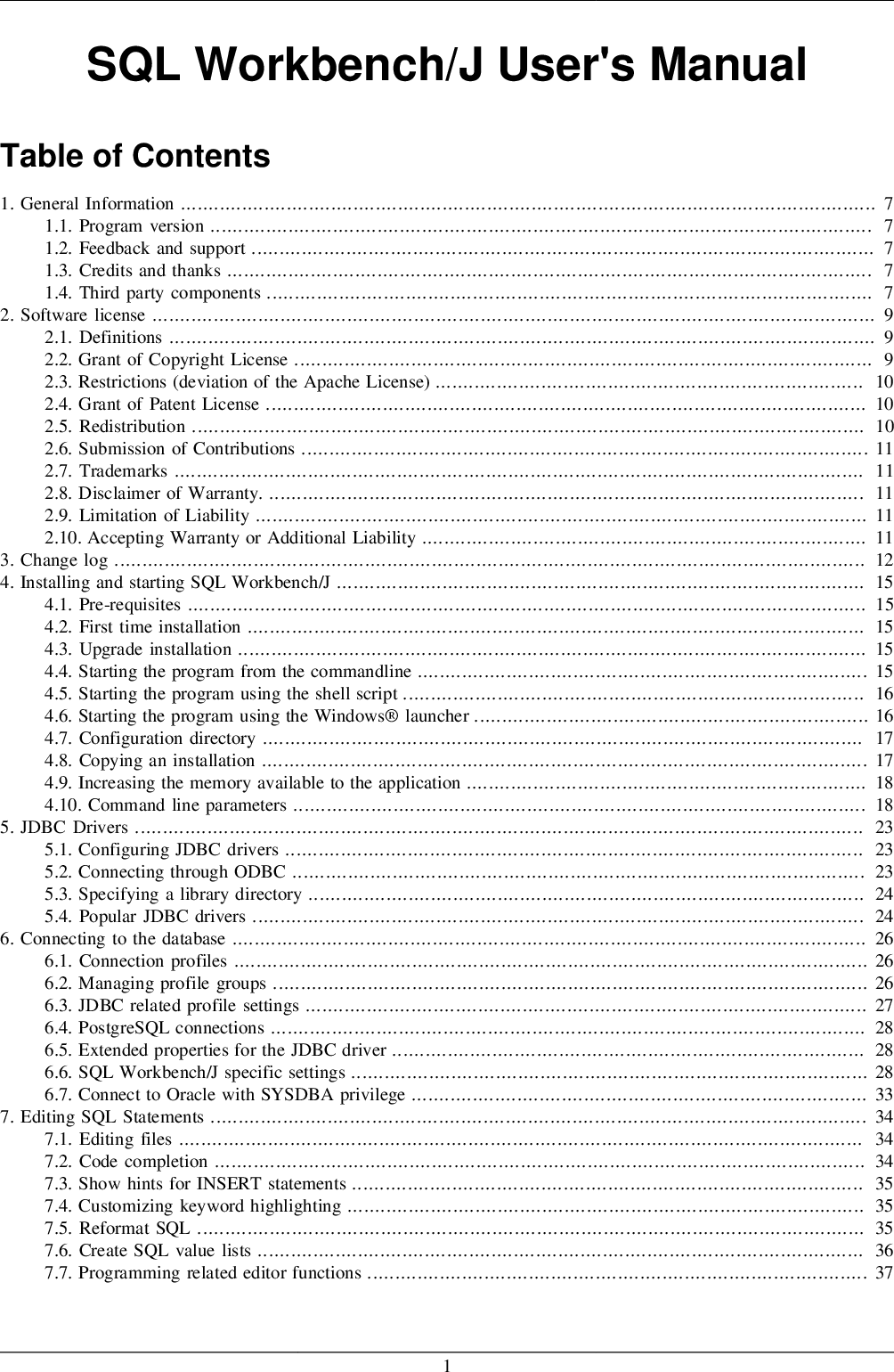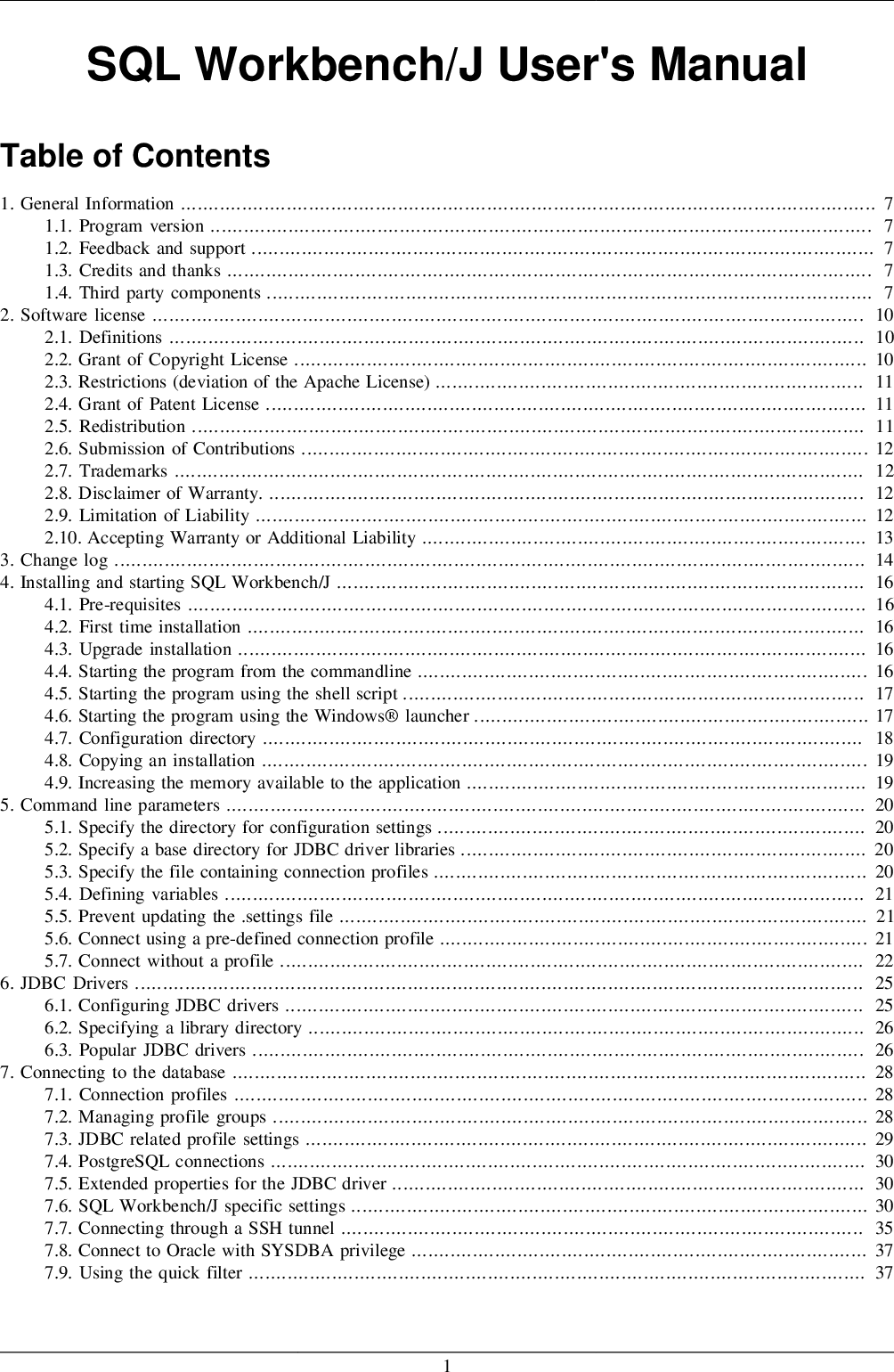Expression_n Expressions that are not encapsulated within an aggregate function and must be included in the GROUP BY Clause at the end of the SQL statement. Aggregate_function This is an aggregate function such as the SUM, COUNT, MIN, MAX, or AVG functions. Aggregate_expression This is the column or expression that the aggregate_function will be used on. These are conditions that must be met for the records to be selected. If more than one expression is provided, the values should be comma separated. Select multiple columns from table but Group By one column, Hi,.
Select CurrencyCode,TransactionCode,TransactionAmount,COUNT as [No. You can specify one or more columns or expressions in the GROUP BY clause to group the rows. The items you specify in the SELECT statement are properties of each group of rows, not properties of individual rows in a table or view. Without a GROUP BY clause, the application of SQL aggregate functions returns one row. The GROUP BY clause groups together rows in a table with non-distinct values for the expression in the GROUP BY clause. For multiple rows in the source table with non-distinct values for expression, theGROUP BY clause produces a single combined row.
GROUP BY is commonly used when aggregate functions are present in the SELECT list, or to eliminate redundancy in the output. The UNION operator computes the set union of the rows returned by the involved SELECT statements. A row is in the set union of two result sets if it appears in at least one of the result sets. The two SELECT statements that represent the direct operands of the UNION must produce the same number of columns, and corresponding columns must be of compatible data types.
ROLLUP is an extension of the GROUP BY clause that creates a group for each of the column expressions. Additionally, it "rolls up" those results in subtotals followed by a grand total. Under the hood, the ROLLUP function moves from right to left decreasing the number of column expressions that it creates groups and aggregations on. Since the column order affects the ROLLUP output, it can also affect the number of rows returned in the result set. If a query contains table columns only inside aggregate functions, the GROUP BY clause can be omitted, and aggregation by an empty set of keys is assumed.
You cannot test them as NULL values in join conditions or the WHERE clause to determine which rows to select. For example, you cannot add WHERE product IS NULL to the query to eliminate from the output all but the super-aggregate rows. This syntax allows users to perform analysis that requires aggregation on multiple sets of columns in a single query.
Complex grouping operations do not support grouping on expressions composed of input columns. The value PRECEDING and value FOLLOWING cases are currently only allowed in ROWS mode. They indicate that the frame starts or ends with the row that many rows before or after the current row. Value must be an integer expression not containing any variables, aggregate functions, or window functions.
The value must not be null or negative; but it can be zero, which selects the current row itself. The presence of HAVING turns a query into a grouped query even if there is no GROUP BY clause. This is the same as what happens when the query contains aggregate functions but no GROUP BY clause.
All the selected rows are considered to form a single group, and the SELECT list and HAVING clause can only reference table columns from within aggregate functions. Such a query will emit a single row if the HAVING condition is true, zero rows if it is not true. When the optional WITH ORDINALITY clause is added to the function call, a new column is appended after all the function's output columns with numbering for each row. In this case, the server is free to choose any value from each group, so unless they are the same, the values chosen are nondeterministic, which is probably not what you want.
Furthermore, the selection of values from each group cannot be influenced by adding an ORDER BY clause. Result set sorting occurs after values have been chosen, and ORDER BY does not affect which value within each group the server chooses. Aggregate functions, if any are used, are computed across all rows making up each group, producing a separate value for each group. When a FILTER clause is present, only those rows matching it are included in the input to that aggregate function. Statement is used in conjunction with aggregate functions to group the results by a given column.
Doing so allows us to write queries that return counts, sums, averages, minimums and maximumsper group. It is not permissible to include column names in a SELECT clause that are not referenced in the GROUP BY clause. The only column names that can be displayed, along with aggregate functions, must be listed in the GROUP BY clause.
Since ENAME is not included in the GROUP BYclause, an error message results. A functional dependency exists if the grouped columns are the primary key of the table containing the ungrouped column. All the expressions in the SELECT, HAVING, and ORDER BY clauses must be calculated based on key expressions or on aggregate functions over non-key expressions .
In other words, each column selected from the table must be used either in a key expression or inside an aggregate function, but not both. The ORDER BY clause specifies a column or expression as the sort criterion for the result set. If an ORDER BY clause is not present, the order of the results of a query is not defined.
Column aliases from a FROM clause or SELECT list are allowed. If a query contains aliases in the SELECT clause, those aliases override names in the corresponding FROM clause. If you are grouping on something you cannot see the individual values of non-grouped columns because there may be more than one value within each group. All you can do is report on aggregate functions (sum, count, min & etc) -- these are able to combine the multiple values into a single cell in the result. FILTER is a modifier used on an aggregate function to limit the values used in an aggregation.
All the columns in the select statement that aren't aggregated should be specified in a GROUP BY clause in the query. In the result set, the order of columns is the same as the order of their specification by the select expressions. If a select expression returns multiple columns, they are ordered the same way they were ordered in the source relation or row type expression. If specific tables are named in a locking clause, then only rows coming from those tables are locked; any other tables used in the SELECT are simply read as usual.
A locking clause without a table list affects all tables used in the statement. If a locking clause is applied to a view or sub-query, it affects all tables used in the view or sub-query. However, these clauses do not apply to WITH queries referenced by the primary query.
If you want row locking to occur within a WITH query, specify a locking clause within the WITH query. If the WITH TOTALS modifier is specified, another row will be calculated. This row will have key columns containing default values , and columns of aggregate functions with the values calculated across all the rows (the "total" values). In a trivial case with one table it means that if the GROUP BY clause uniquely identifies a row we can add any column we want to the SELECT clause.
How SELECT column does not list in GROUP BY clause, You can not select aggregates across a field if you don't include the field in the group by list. The GROUP BY clause is often used with aggregate functions such as AVG(), COUNT(), MAX(), MIN() and SUM(). In this case, the aggregate function returns the summary information per group.
For example, given groups of products in several categories, the AVG() function returns the average price of products in each category. Another extension, or sub-clause, of the GROUP BY clause is the CUBE. The CUBE generates multiple grouping sets on your specified columns and aggregates them.
In short, it creates unique groups for all possible combinations of the columns you specify. For example, if you use GROUP BY CUBE on of your table, SQL returns groups for all unique values , , and . IIt is important to note that using a GROUP BY clause is ineffective if there are no duplicates in the column you are grouping by. When using the AdventureWorks2014 database and referencing the Person.Person table, if you GROUP BY the "BusinessEntityID" column, it will return all 19,972 rows with a count of 1 on each row. A better example would be to group by the "Title" column of that table. The SELECT clause below will return the six unique title types as well as a count of how many times each one is found in the table within the "Title" column.
You can apply conditional formatting to columns in a table visualization when subtotals are not present and the Cell Visualization feature is set to off for those columns. Turn on Enable Conditional Formatting to define rules that color code your table, either on a scale or by specifying values that are of interest. In the SQL-92 standard, an ORDER BY clause can only use output column names or numbers, while a GROUP BY clause can only use expressions based on input column names. Multiple function calls can be combined into a single FROM-clause item by surrounding them with ROWS FROM( ... ). The output of such an item is the concatenation of the first row from each function, then the second row from each function, etc.
The GROUP BY clause divides the rows returned from the SELECTstatement into groups. For each group, you can apply an aggregate function e.g.,SUM() to calculate the sum of items or COUNT()to get the number of items in the groups. The INTERSECT operator returns rows that are found in the result sets of both the left and right input queries. Unlike EXCEPT, the positioning of the input queries does not matter. Corner cases exist where a distinct pivot_columns can end up with the same default column names. For example, an input column might contain both aNULL value and the string literal "NULL".
When this happens, multiple pivot columns are created with the same name. The aggregate functions do not include rows that have null values in the columns involved in the calculations; that is, nulls are not handled as if they were zero. The GROUP BY clause is used in a SELECT statement to group rows into a set of summary rows by values of columns or expressions. Adding a HAVING clause after your GROUP BY clause requires that you include any special conditions in both clauses. If the SELECT statement contains an expression, then it follows suit that the GROUP BY and HAVING clauses must contain matching expressions. It is similar in nature to the "GROUP BY with an EXCEPTION" sample from above.
In the next sample code block, we are now referencing the "Sales.SalesOrderHeader" table to return the total from the "TotalDue" column, but only for a particular year. Like most things in SQL/T-SQL, you can always pull your data from multiple tables. Performing this task while including a GROUP BY clause is no different than any other SELECT statement with a GROUP BY clause. The fact that you're pulling the data from two or more tables has no bearing on how this works.
In the sample below, we will be working in the AdventureWorks2014 once again as we join the "Person.Address" table with the "Person.BusinessEntityAddress" table. I have also restricted the sample code to return only the top 10 results for clarity sake in the result set. The SUM() function returns the total value of all non-null values in a specified column. Since this is a mathematical process, it cannot be used on string values such as the CHAR, VARCHAR, and NVARCHAR data types. When used with a GROUP BY clause, the SUM() function will return the total for each category in the specified table. Following each set of rows for a given year, an extra super-aggregate summary row appears showing the total for all countries and products.
Subtotals of table calculations that perform aggregations, such as calculations using percentile or mean, might not add up as you expect. This is because table calculations calculate subtotals using the other subtotal values, not using the values in the data column. GROUP BY ROLLUP is an extension of the GROUP BY clause that produces sub-total rows . Sub-total rows are rows that further aggregate whose values are derived by computing the same aggregate functions that were used to produce the grouped rows. The result of EXCEPT does not contain any duplicate rows unless the ALL option is specified. With ALL, a row that has m duplicates in the left table and n duplicates in the right table will appear max(m-n,0) times in the result set.
DISTINCT can be written to explicitly specify the default behavior of eliminating duplicate rows. The INTERSECT operator computes the set intersection of the rows returned by the involved SELECT statements. A row is in the intersection of two result sets if it appears in both result sets. Another difference is that these expressions can contain aggregate function calls, which are not allowed in a regular GROUP BY clause.
They are allowed here because windowing occurs after grouping and aggregation. GROUP BY will condense into a single row all selected rows that share the same values for the grouped expressions. An expression used inside a grouping_element can be an input column name, or the name or ordinal number of an output column , or an arbitrary expression formed from input-column values. In case of ambiguity, a GROUP BY name will be interpreted as an input-column name rather than an output column name.
This left-hand row is extended to the full width of the joined table by inserting null values for the right-hand columns. Note that only the JOIN clause's own condition is considered while deciding which rows have matches. The FROM clause specifies one or more source tables for the SELECT. If multiple sources are specified, the result is the Cartesian product of all the sources. But usually qualification conditions are added to restrict the returned rows to a small subset of the Cartesian product. WITH ROLLUP modifier is used to calculate subtotals for the key expressions, based on their order in the GROUP BY list.
SELECT AS STRUCT can be used in a scalar or array subquery to produce a single STRUCT type grouping multiple values together. Scalar and array subqueries are normally not allowed to return multiple columns, but can return a single column with STRUCT type. As you can see in the result set above, the query has returned all groups with unique values of , , and . The NULL NULL result set on line 11 represents the total rollup of all the cubed roll up values, much like it did in the GROUP BY ROLLUP section from above. Finally, following all other rows, an extra super-aggregate summary row appears showing the grand total for all years, countries, and products. This row has the year, country, and products columns set to NULL.
The GROUP BY clause permits a WITH ROLLUP modifier that causes summary output to include extra rows that represent higher-level (that is, super-aggregate) summary operations. ROLLUPthus enables you to answer questions at multiple levels of analysis with a single query. For example, ROLLUP can be used to provide support for OLAP operations. All fields of the row define output columns to be included in the result set.































No comments:
Post a Comment
Note: Only a member of this blog may post a comment.